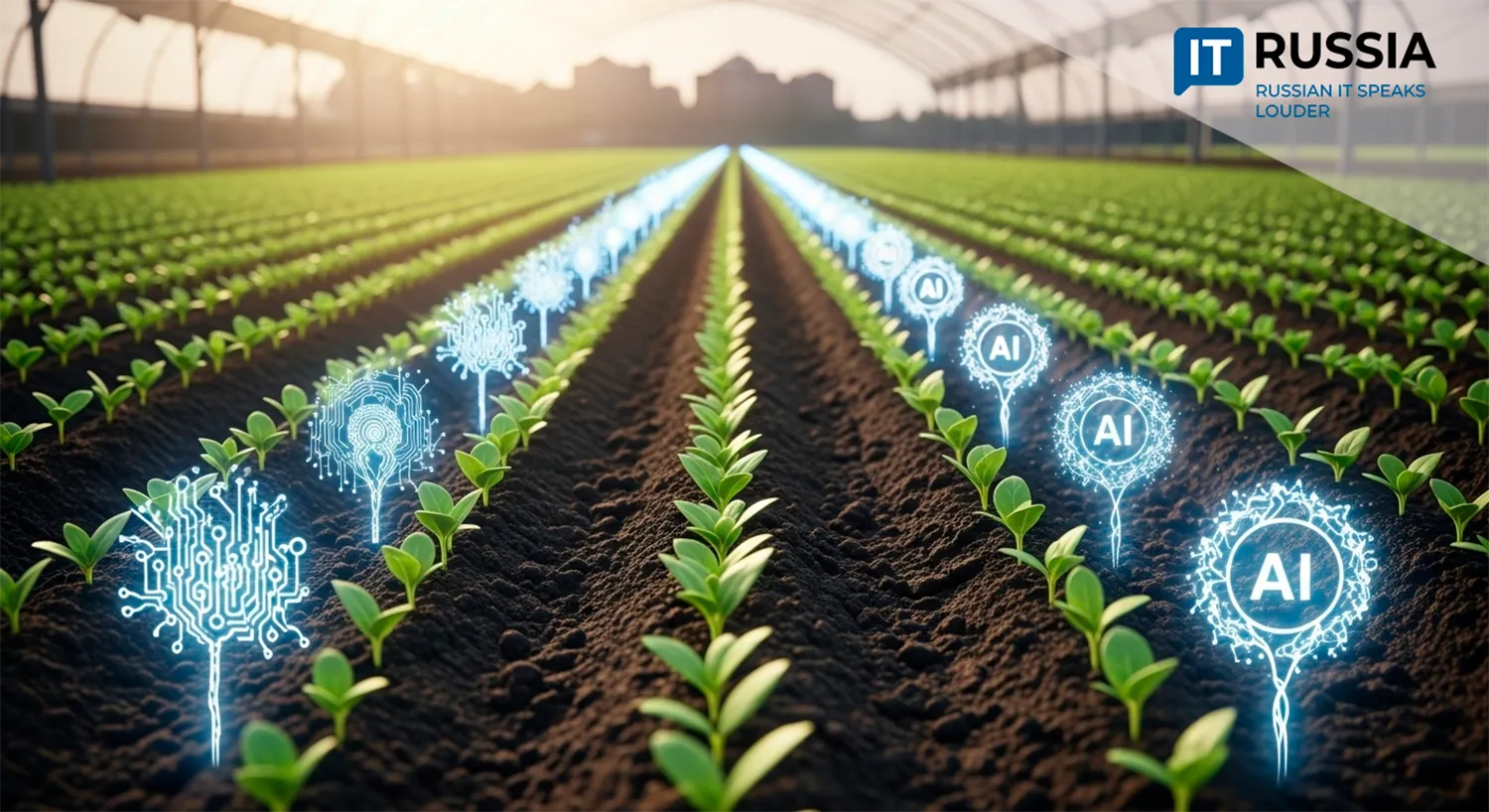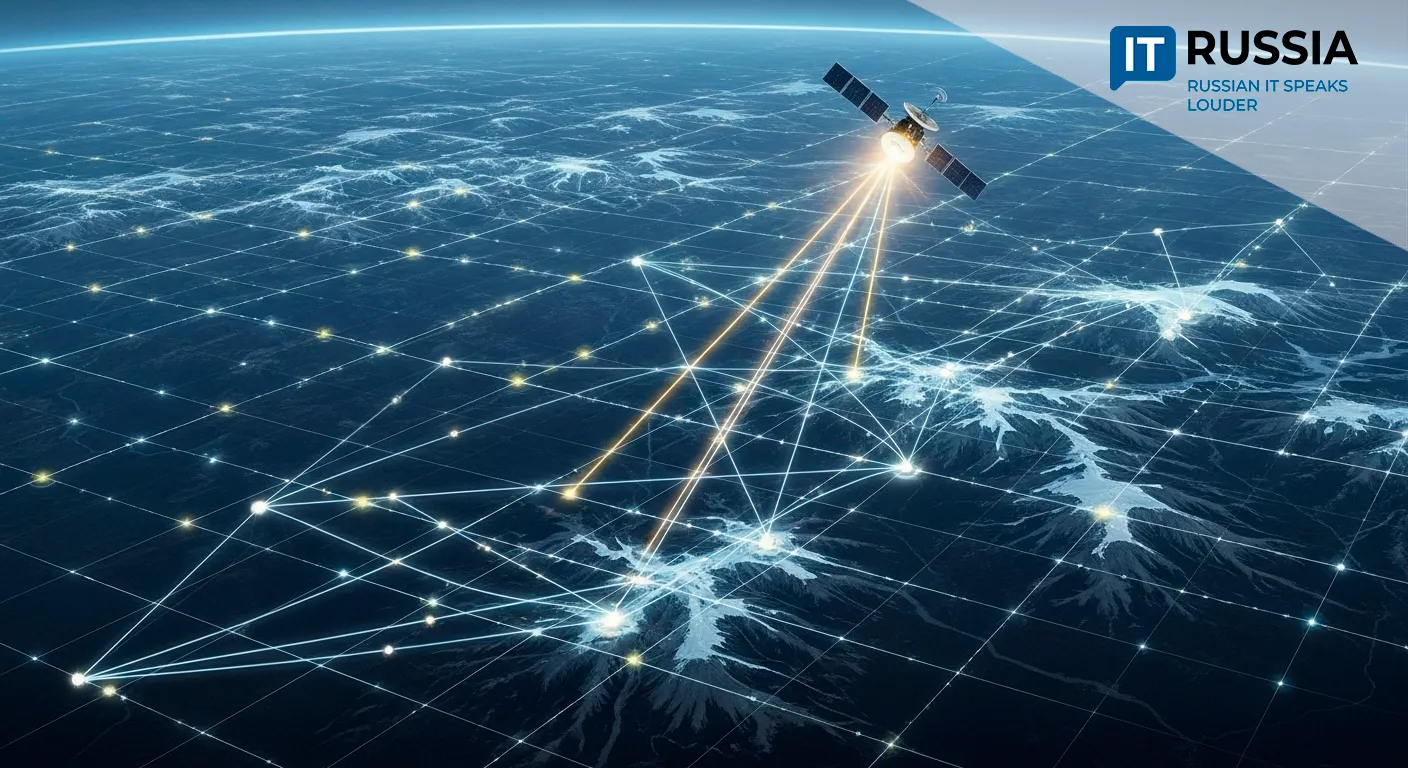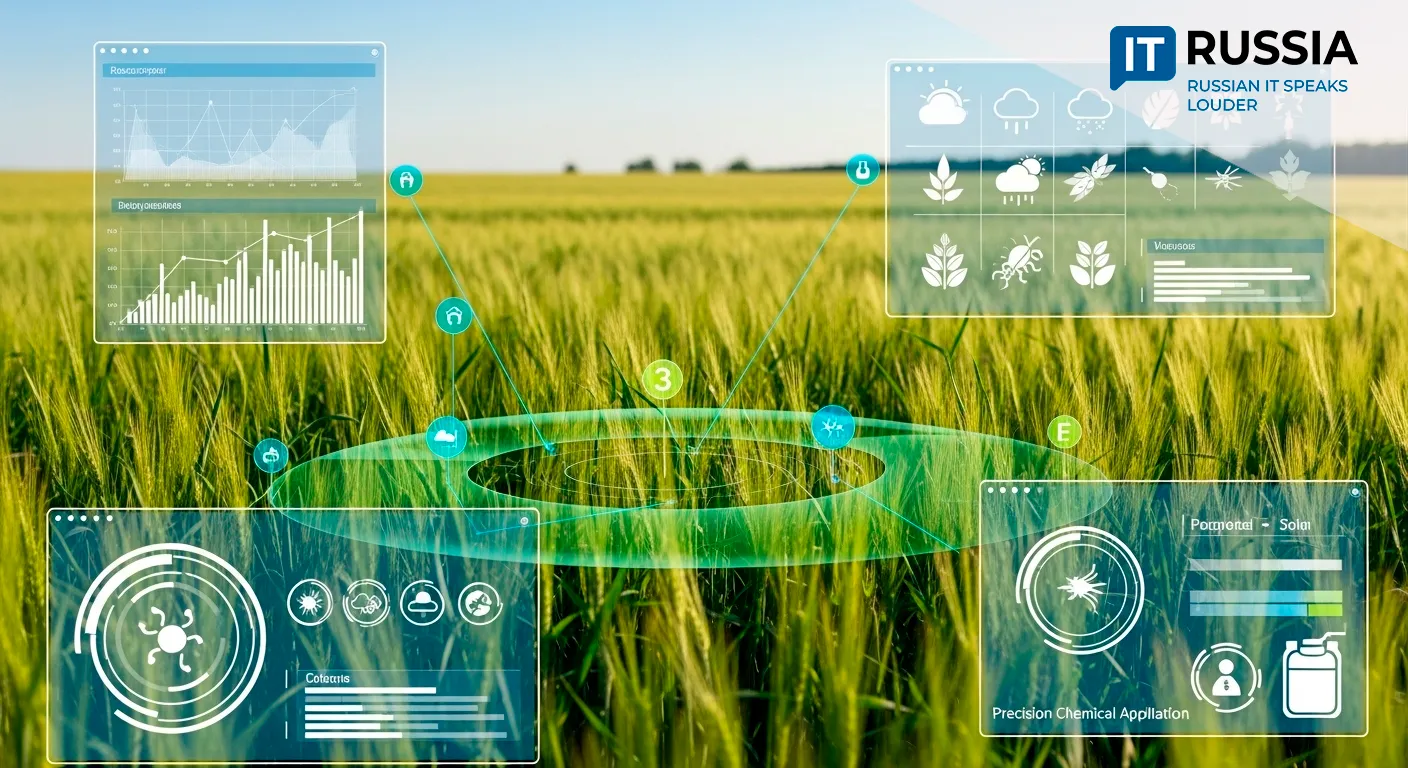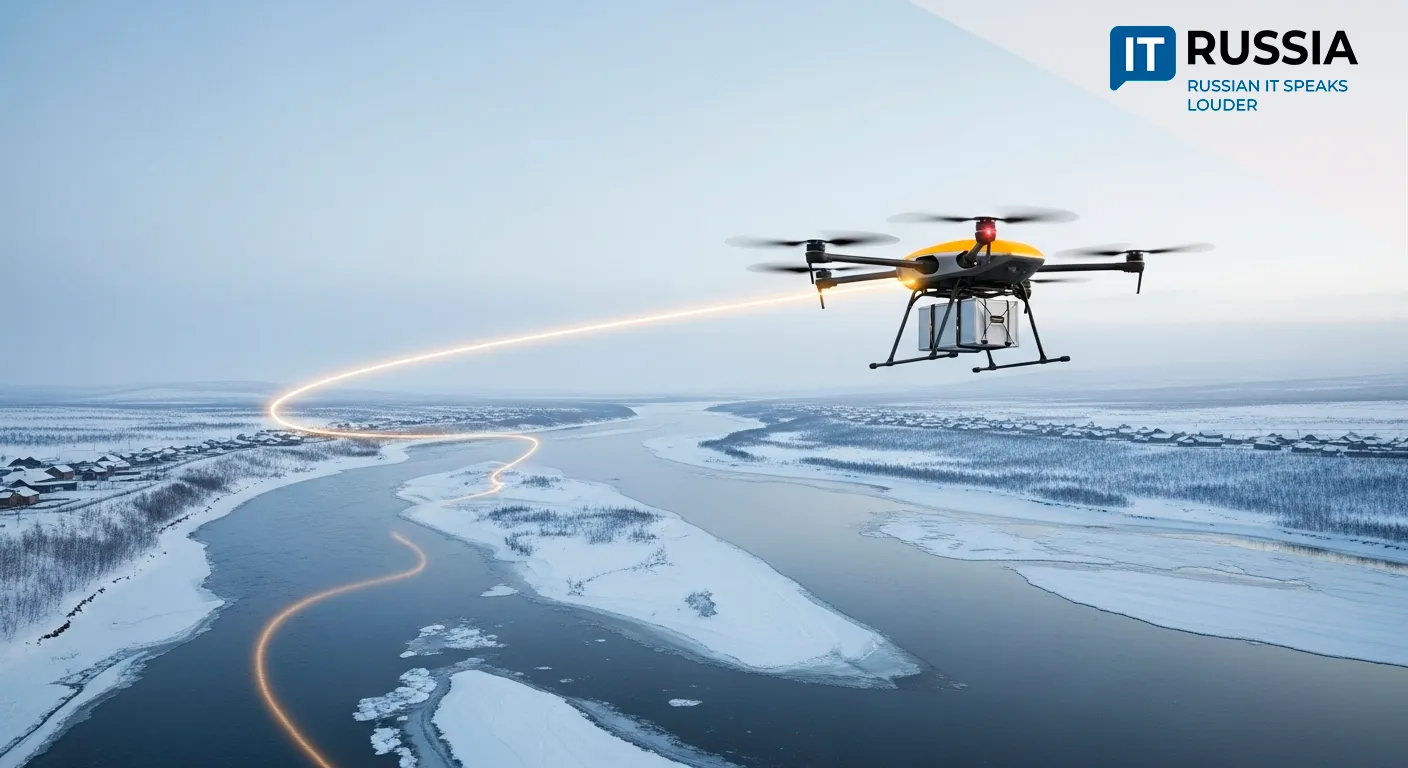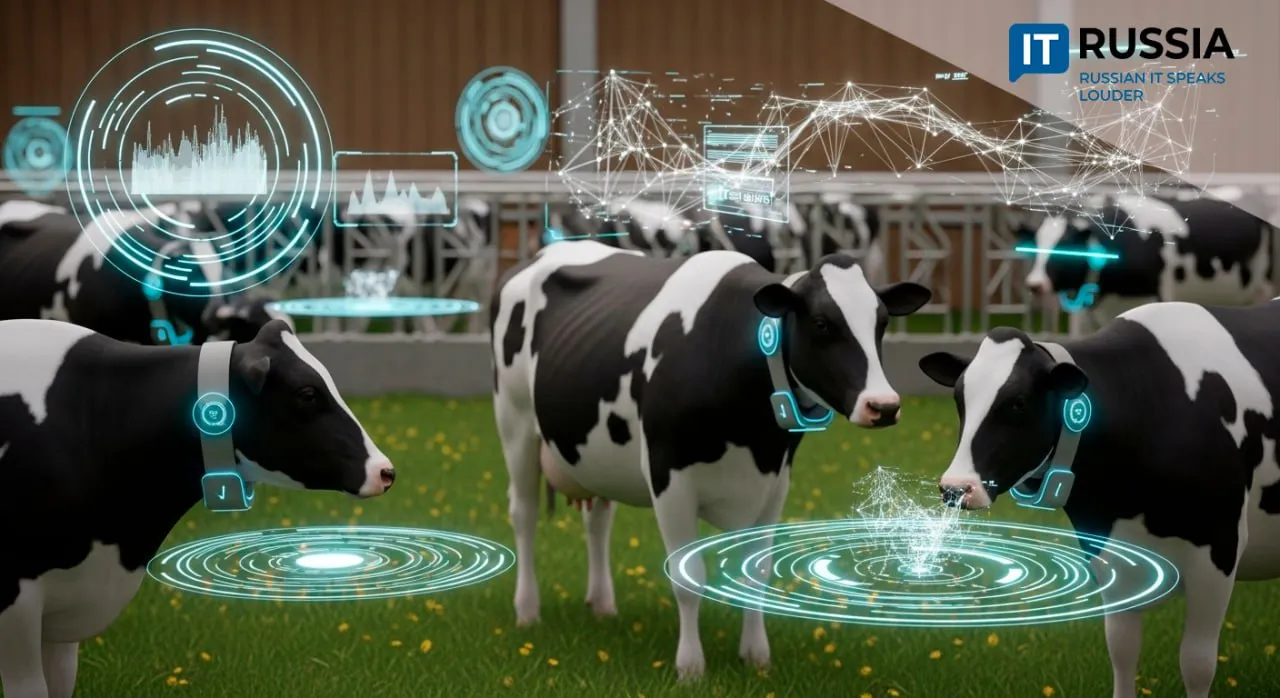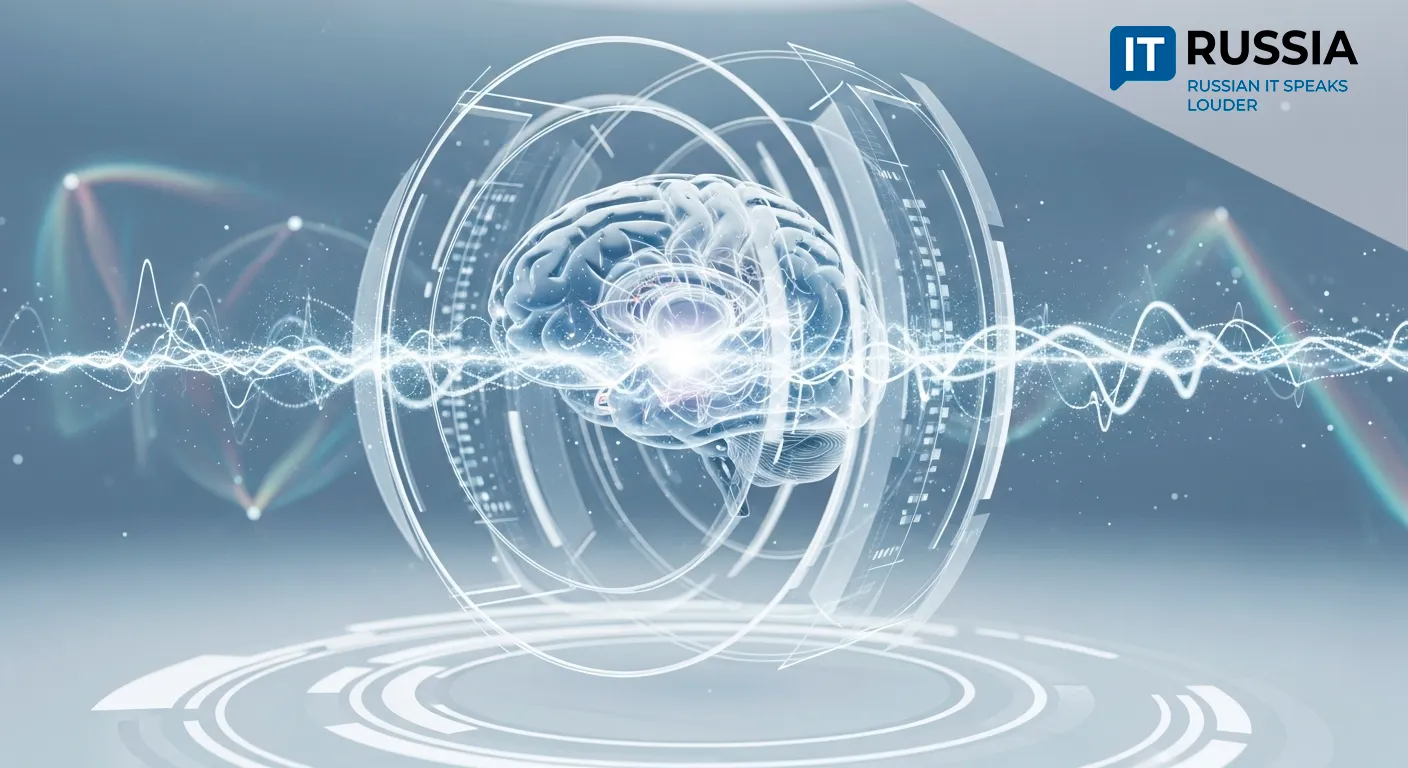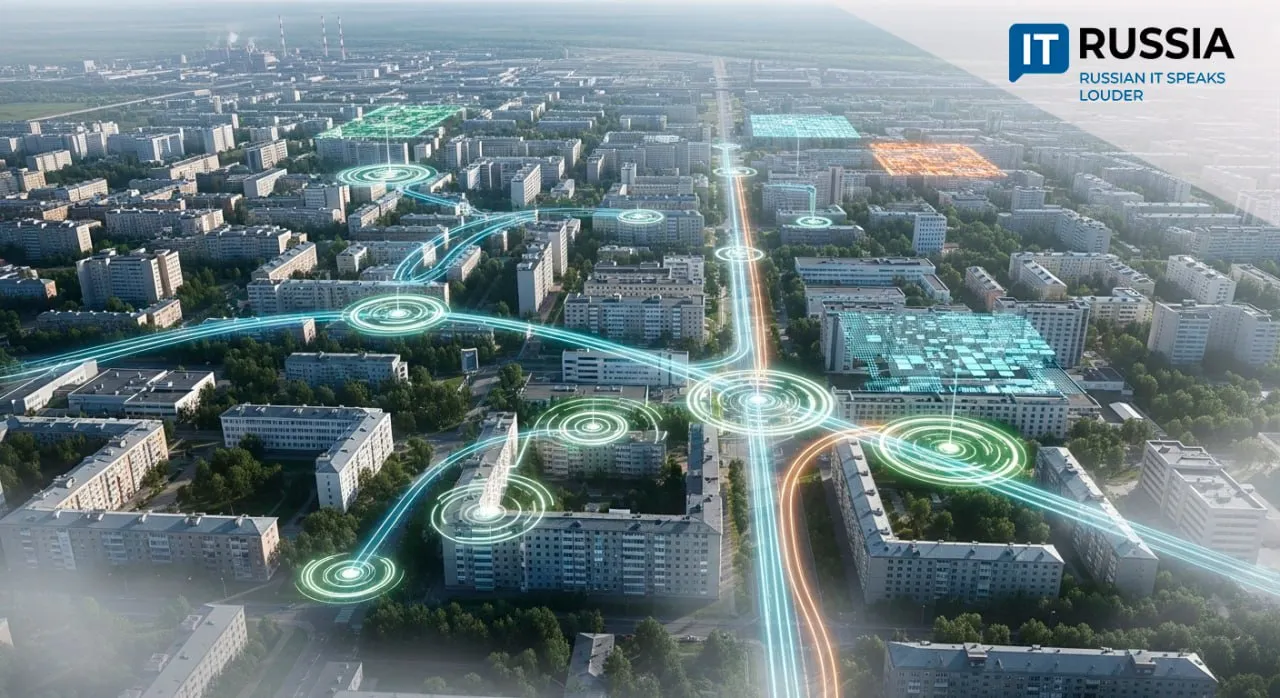AI-Powered Field Maps: Russian Platform Aims to Predict and Improve Crop Yields

Researchers at Don State Technical University are building a digital tool to help farmers assess field conditions and optimize yields through AI-driven diagnostics and planting maps.
From Manual Inspections to Intelligent Heatmaps
Traditional methods for assessing early-stage plant emergence and field conditions require in-person observations, making them costly and time-consuming. These approaches are not only labor-intensive but also prone to spatial and temporal inconsistencies during data integration.
To solve this, the Research Laboratory for Smart Agricultural Systems at Don State Technical University (DSTU) is developing a web-based platform for automated monitoring of seedling emergence and weed infestation. Their system provides real-time insights into key parameters, such as soil moisture levels, pest risks, and weed presence.
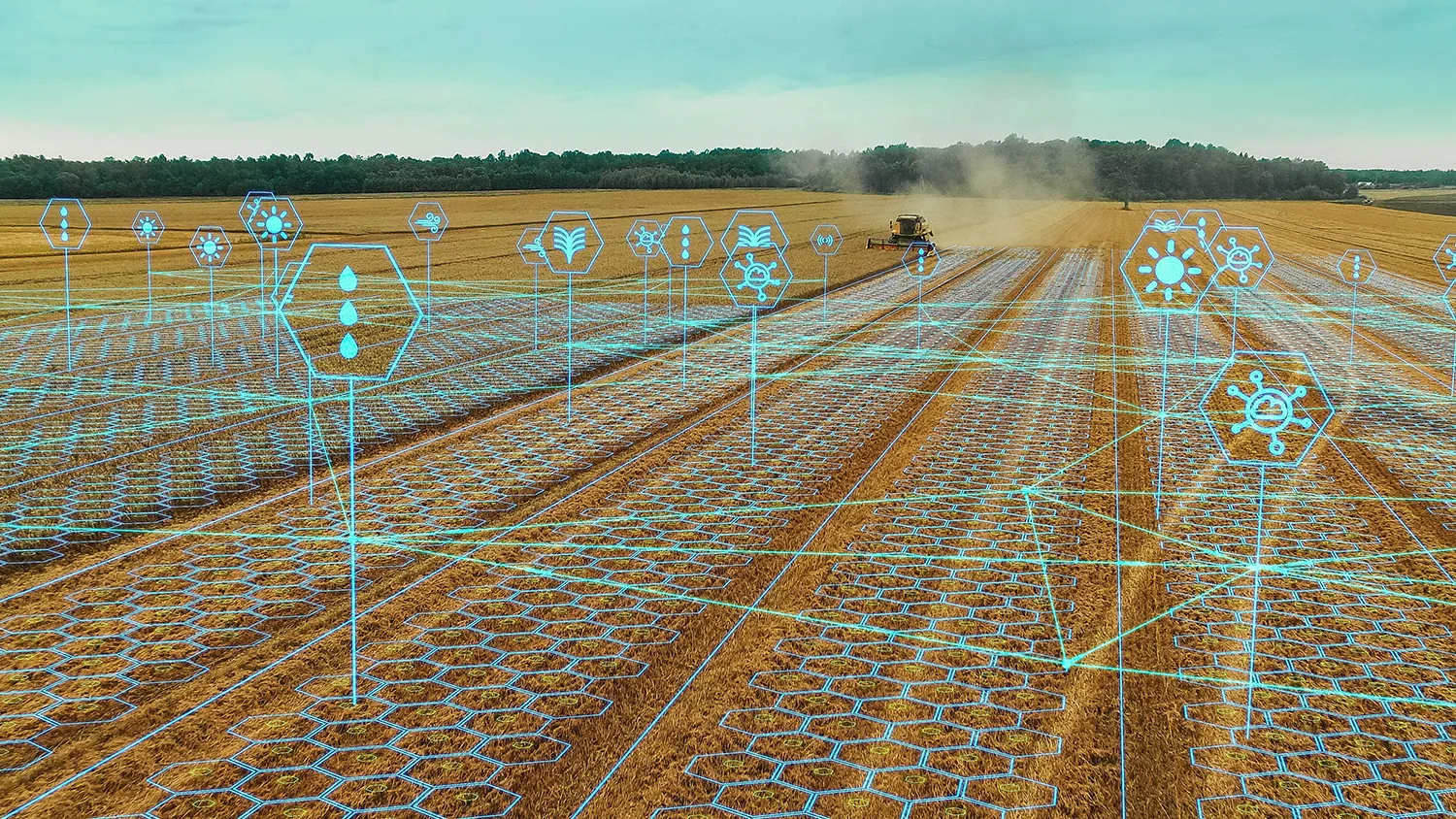
The platform generates detailed heatmaps showing field variability—highlighting contamination levels and germination success. These maps enable precision application of herbicides, fertilizers, and seeds, reducing costs while improving crop quality.
Training Neural Networks to Read the Fields
The DSTU team has trained ten neural networks and selected the most accurate one, which achieved a recognition rate of 82.54%. What sets it apart is its ability to distinguish crops from weeds throughout all growth stages—dramatically improving plant classification and response decisions.
Prototypes of the platform’s hardware have already been built. Ground-based and drone-mounted systems will collect geotagged field imagery, further cutting monitoring costs and accelerating adoption across the agricultural sector.
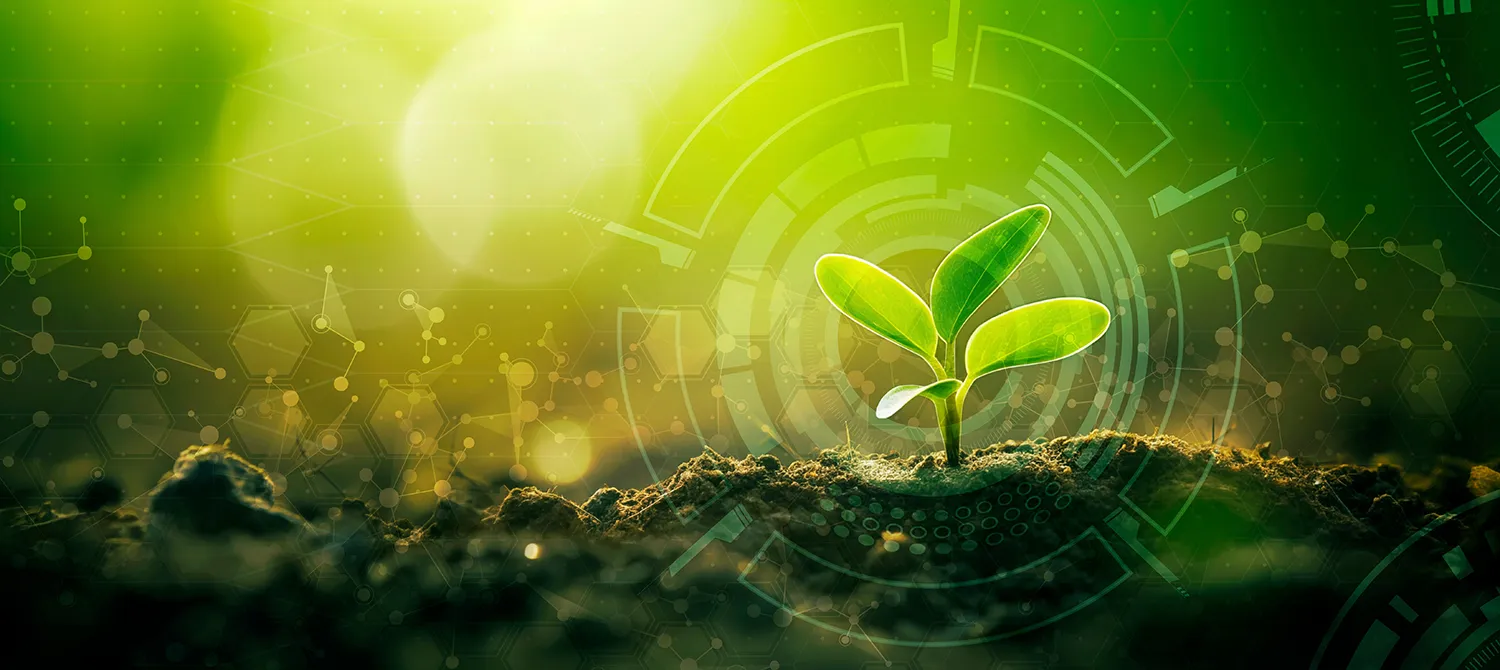
As Mary Odabashyan, senior researcher at the Center for AgroBioengineering of Medicinal and Oilseed Plants, noted: “Without smart monitoring, Russian producers lose up to 40% of their harvest annually. Our AI-based platform can reduce those losses by at least 15% and double the accuracy of yield forecasting. Most importantly, it builds a large visual database, enabling pattern recognition and long-term prediction.”
A Cross-Industry Collaboration
DSTU’s initiative goes beyond agronomy. It bridges expertise in satellite imaging, AI, GIS development, and geospatial analytics. The result is a digital ecosystem designed to cut chemical use, reduce costs, and increase food security.
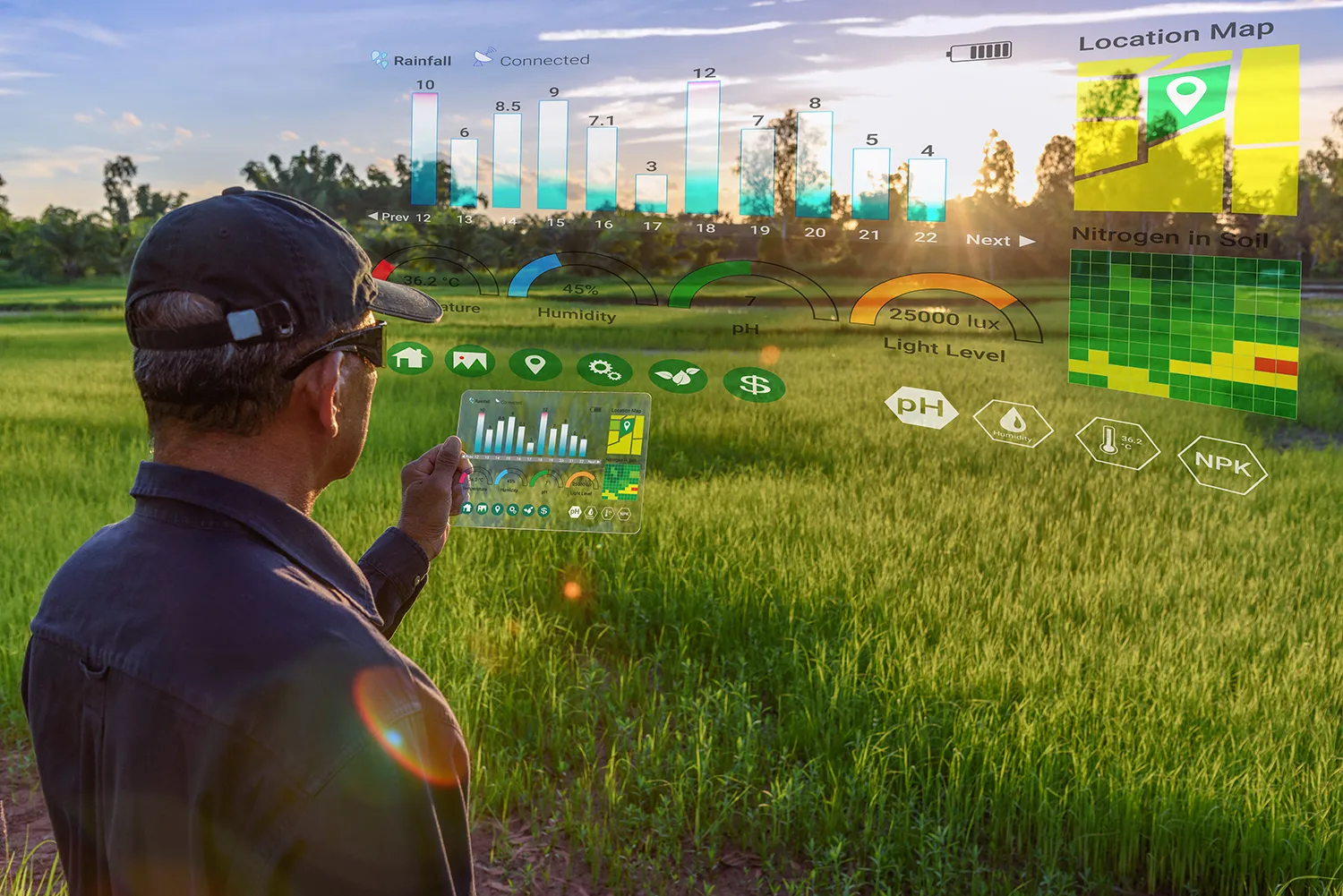
By reducing pesticide use and enabling data-driven interventions, the platform also contributes to environmental sustainability. Over time, it could help lower food prices while increasing output.
Positioned against global leaders like Cropio and OneSoil, the Russian solution uses the same core principles—satellite imagery, drones, and AI/ML analytics—but features a proprietary neural network that offers greater accuracy in local conditions.
Next steps include expansion to CIS countries and eventually Eastern Europe and Asia, where interest in precision farming technologies is growing.















